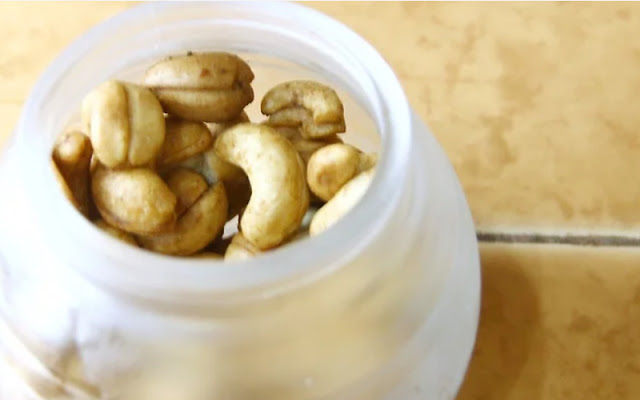How to Eat a Healthy Heart Diet
Heart Disease is a
condition in which a waxy substance called plaque builds up in the artery walls
causing a narrowing of those walls. Once this occurs, there is reduced blood
flow to the heart, which eventually can cause blockages and possibly a heart
attack. There are many risk factors involved in the development of heart
disease, some of which you cannot control. The diet, however, is a risk factor
that you can control. Controlling your diet also helps you to control
cholesterol levels, weight, and blood pressure, which are also risk factors.
Key factors in following a heart healthy diet include: Choosing low-fat or lean
proteins, low-fat or fat-free dairy products, plenty of fruits and vegetables,
whole grains and high fiber foods, weight control, limiting sodium and being
cautious when going out to eat.
Limit fat and cholesterol. Some examples of
foods high in fat and cholesterol include butter, lard, hydrogenated margarine,
cream sauces, coconut, palm and cottonseed oils, cocoa butter and bacon fat.
Excess fat in the diet can contribute to weight gain and elevated cholesterol
levels. These are both risk factors for heart disease.
·
Keep
saturated fat in your diet less than 7 percent of your daily calories since
saturated fats contribute to plaque formation in artery walls
·
Restrict
trans fats in your diet since they act similar to saturated fats in your body
·
Dietary
cholesterol should be less than 300 milligrams daily
·
If you have
elevated LDL or “bad” cholesterol, decrease cholesterol to less than 200
milligrams daily
·
Limit total
fat intake to less than 30% of your calories per day
·
Use
unsaturated oils to cook with (e.g., olive, peanut, soy, sunflower, canola)
·
Choose oil
based salad dressings instead of creamy ones
·
Grill, boil,
broil, bake or steam foods instead of frying to decrease total fat intake
Choose low-fat proteins.
·
Most
saturated fats come from animal sources so it’s important to eat lean cuts of
meat, skinless poultry, fish, low fat dairy and egg whites
·
Non-meat
low-fat proteins include: dried beans, legumes, soy based products and tofu
Choose low-fat or fat-free dairy products.
·
Skim or 1%
cow’s milk is recommended
·
Soy or almond
milk are both low-fat and nutrient dense
·
Eat low-fat
or fat-free cheeses
·
Nonfat or
low-fat yogurt is a healthy option
·
Soy-based
cheeses
Eat more omega-3 fats. They have been shown to be beneficial for heart health by raising HDL (good) cholesterol.
·
Animal
sources include: salmon, tuna, mackerel and sardines
·
Aim for fish
twice per week
·
Other sources
include: walnuts, canola and soybean oil
·
Fish oil
supplements are another source, although they do not contain other nutrients
found in the food sources
Eat nuts and seeds 3 days per week. They have been shown
to improve blood pressure.
·
5 to 6 nuts
is a serving size for mixed nuts, almonds, cashews and pecan halves
·
Read food
labels to determine serving size for other nuts and seeds
Eat more fruits and vegetables daily. They have been shown to improve blood pressure.
·
5 servings of
fruits and vegetables are recommended daily
·
Choose fresh
or frozen without added fat or salt; unlike canned produce, frozen fruits and
vegetables retain vitamin and mineral content
·
Have 2 tbsp.
of dried fruit as a snack instead of candy
·
Cut up fresh
pieces of fruits and vegetables to have them ready for regular snacks
·
Try ones
you’ve never had before to diversify your diet as well as to ensure that you
obtain as many vitamins, minerals and antioxidants as you can
·
Make them the
main part of your meal at least once daily




Comments
Post a Comment